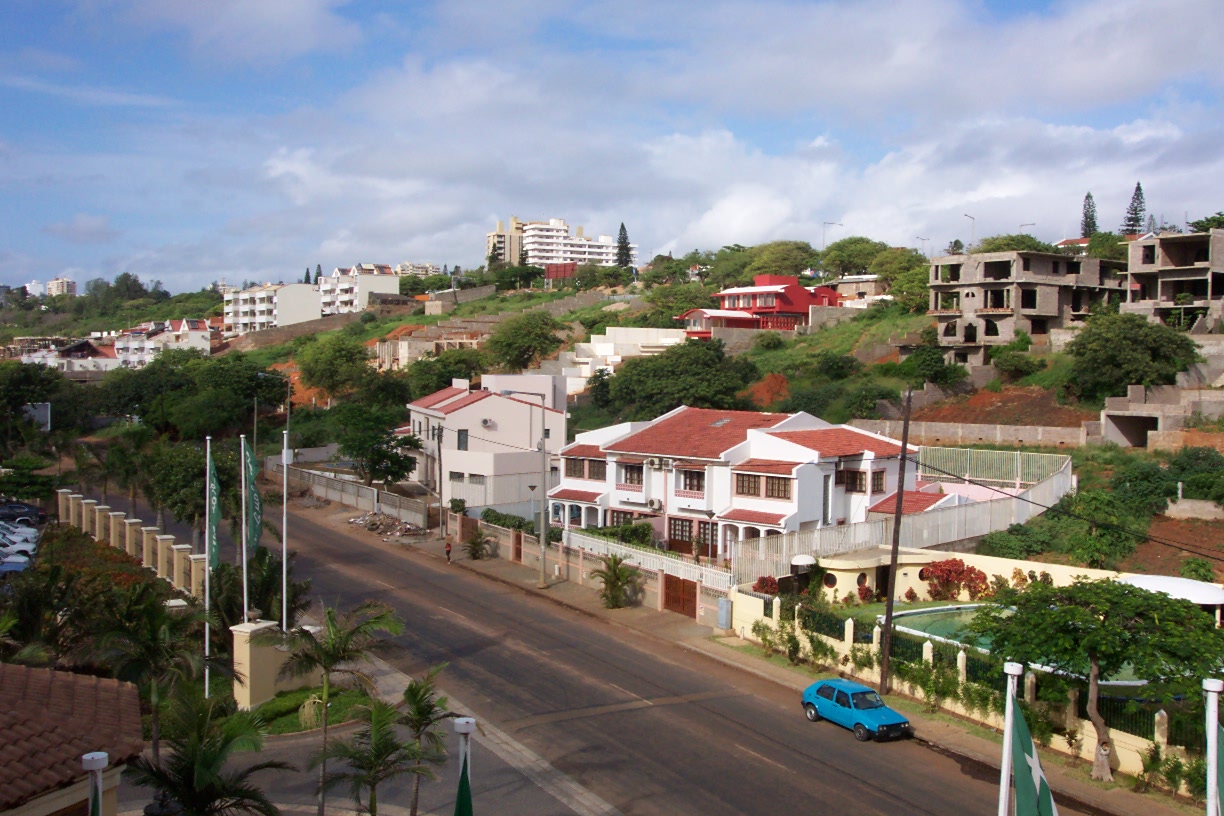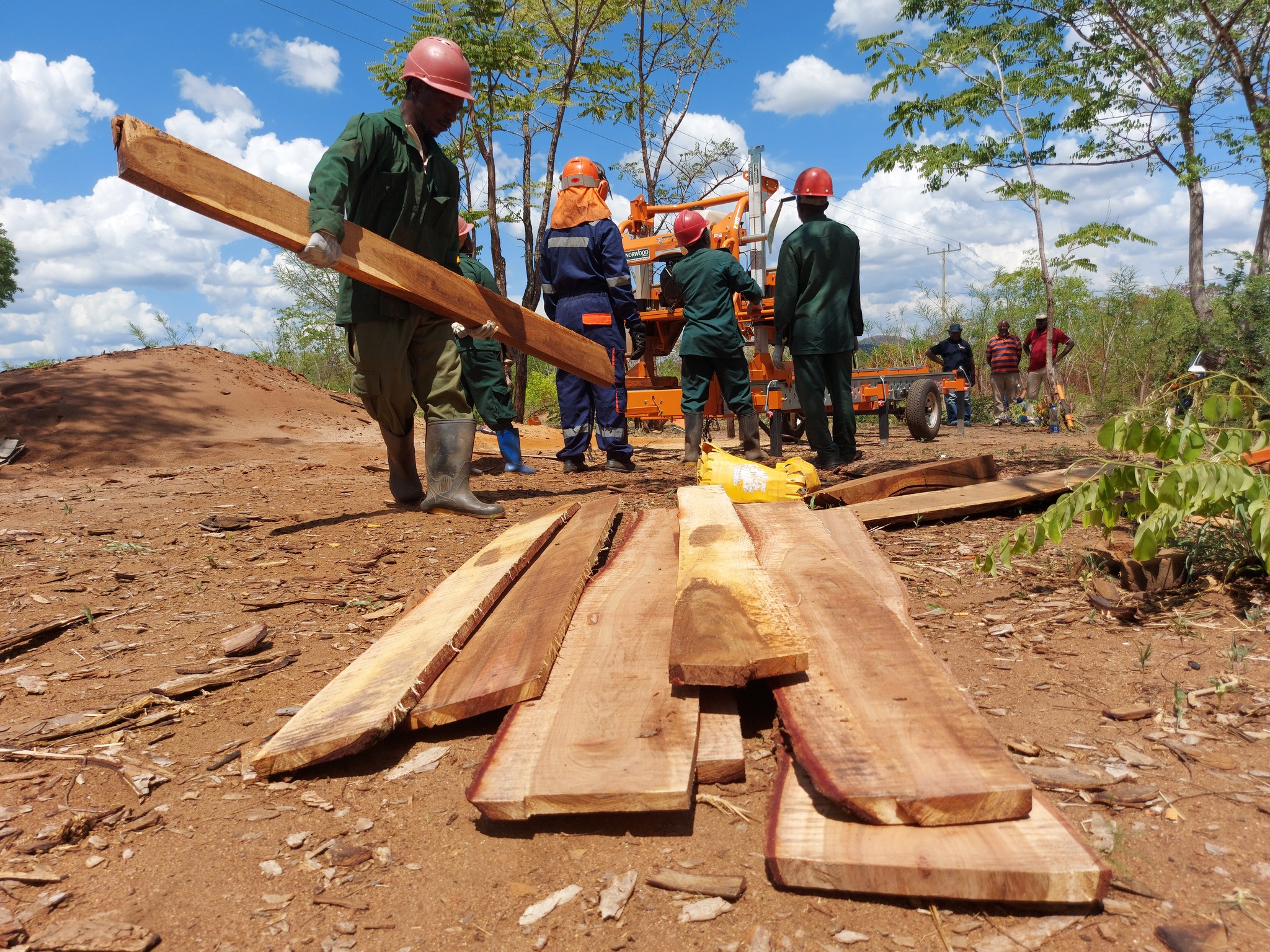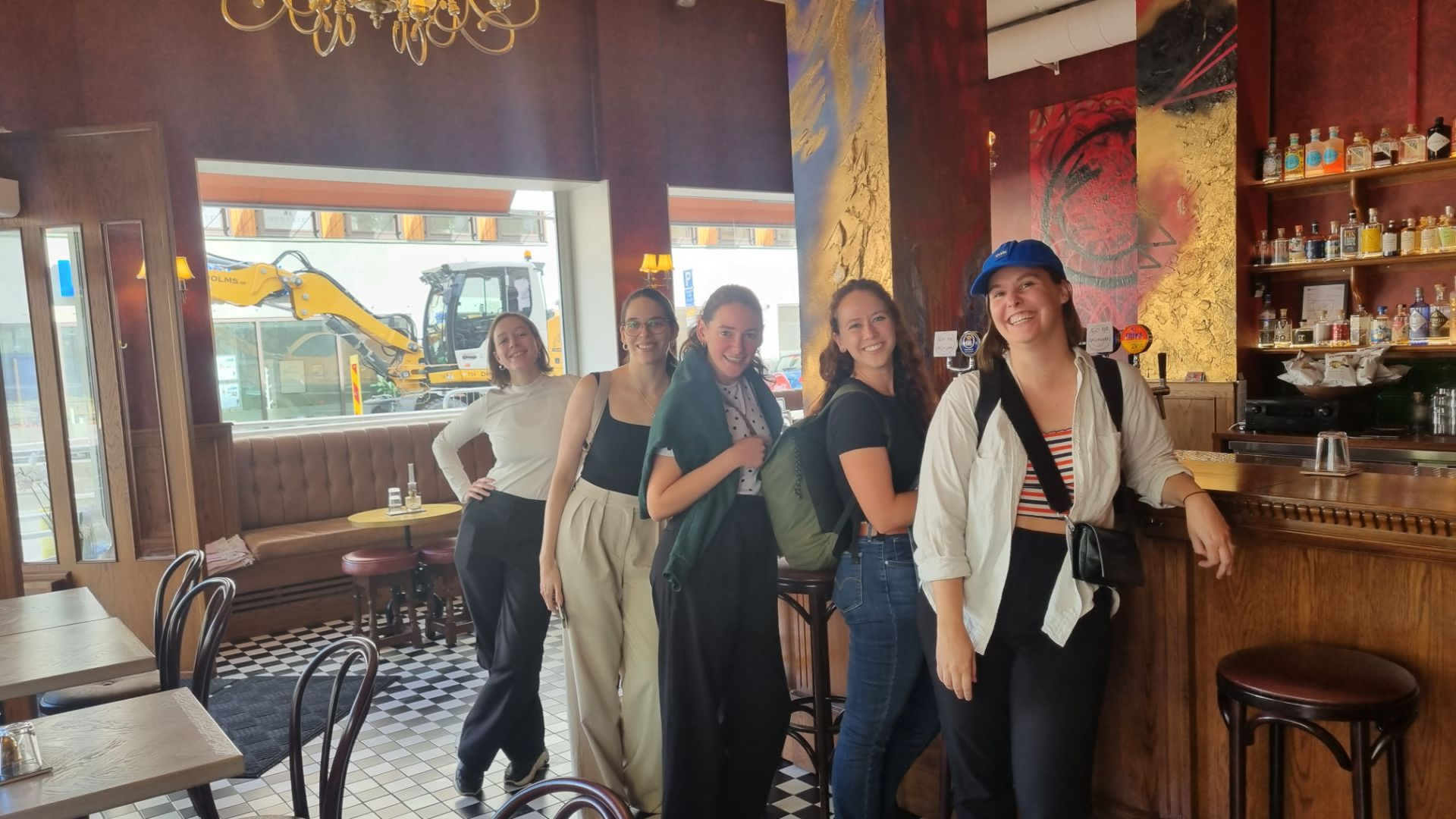
Building Foundations for Climate Resilience
Building foundations for climate resilience through effective land and revenue management
Much has already been written about ongoing migration from the world’s rural environs into its cities large and small by people in search of higher incomes and better lives. Canadian author and journalist Doug Saunders’s Arrival City is among the best in-depth expositions of this trend, which can also be understood quickly through the adjacent figure.
Almost nowhere in the world is such rural to urban migration more significant than in the world’s least developed countries (LDCs), those nations with a per capita gross national income (GNI) of less than USD 1,045 (2013 figures). Many of these LDCs are also among the most vulnerable to the impacts of a changing climate as demonstrated by Standard and Poors in 2014.
In this context, cities and towns at the nexus of both trends, such as those along the coastal areas of Mozambique in south-eastern Africa, find themselves in the middle of a brewing storm. Already lacking the financial resources needed to appropriately manage existing urban populations, such cities and towns face the dual challenge of extending already stretched urban services to new arrivals while also investing in new or improved infrastructure required for them to cope with the impacts of a changing climate. The demands placed on municipalities to fund and provide social and physical infrastructure are now compounded by the need to address climate-driven issues, from increased coastal flooding and erosion, to more frequent power outages and weakened energy grids, to decreased access to water for irrigation and drinking due to more persistent droughts.
Mozambique, however, is emerging as a laboratory in which these challenges are being transformed into opportunities that could be replicated around the globe. Here, the urban population is growing faster than the country as a whole and is expected to double by 2030. In many cities and towns, areas of unregulated development and informal settlements may cover as much as 90 percent of the municipality and often cover low-lying areas which may be both environmentally sensitive or subject to the flooding and erosion mentioned above. Absent significant sources of ‘own-source revenue’ (i.e. revenue collected directly by the local authority from within the authority’s jurisdiction) from local land and property markets, many municipalities, with exceptions for major urban centres such as Maputo and nearby Matola, have remained highly dependent on transfers from the state budget for much of their operating costs and urban infrastructure investments. With transfers capped at 1.5% of total national revenues, most municipalities have been unable to invest in the social and physical infrastructure needed to serve their growing populations, while also incorporating measures to address the impacts of climate change associated with being situated on or near major rivers or the coast.
An innovative initiative being undertaken by the World Bank and the Government of Mozambique to address these challenges is the Cities and Climate Change Project (3CP), which began in 2014. This initiative has seen teams deployed to 26 primarily coastal municipalities to work together with local authorities on modernizing and formalizing existing land/property and taxpayer/revenue management systems. By investing in these systems and broadening the depth and reach of data drawn into them, own source revenues derived from property and building taxes have already seen significant growth. With results now becoming evident as the project nears the two thirds completion point of its initial phase, now is an opportune time to review and share several “lessons from the lab.”
First, absent a formal land administration system, most municipalities lacked a dedicated (or integrated) property tax collection department. To address this, the project has invested considerable effort in creating a small but sustainable tax collection department within each municipality – typically including at least two full-time employees and appropriate IT equipment – and in training staff to ensure they are equipped to manage simplified digital databases and understand the legal requirements with which they must comply. Equipped with an understanding of the relevant legislation, municipal staff are now better able to process property-related taxes and fees in an equitable and transparent manner, a process otherwise known for high levels of fraud in many countries.
Second, the project developed and adopted a unique approach to residential and commercial property recognition. With the ability to formally recognize and distinguish between these two types of properties, the municipalities are now able to prioritize their communications and property tax-related efforts on commercial and higher value residential properties. As these taxpayers typically have greater capacity to pay the relevant taxes and fees, the return on the municipalities’ efforts will be higher. Similarly, the project team found that revenue collection models based on property values alone need to incorporate other commercial and property-use driven variables, as the blanket application of a single property value based approach will often create artificially high property values, which simultaneously stifle land development and/or commercial growth.
Third, institutional change is a complex and long-term process. The migration from informal or customary arrangements for land tenure and tax collection often meets significant resistance. Substantial commitment in terms of time and effort, complemented by an investment in community engagement and education, is necessary to realize the full benefits of a formal and institutionalized model of land and tax administration. Furthermore, one needs to account for high staff turnover rates within the municipalities. In this light, delivery of technical assistance must account for an ability to support a minimum of “two successive generations” of local managers and technicians within the municipalities over the course of a project. The test of whether one has truly institutionalized the necessary changes is whether the program falters or continues as municipal staff change from the teams who received the initial round of support and are replaced by the subsequent generation(s) of staff.
Fourth, the initiative has also underlined that short-term increases to revenue will only be relevant in terms of their ability to finance critical infrastructure investments if this trend continues into the future. Many projects focus on efforts to support the initial round of revenue collection, but less attention is often paid to ensuring the ongoing sustainability of collections.
Fifth, the project has proven that the effective integration of local planning laws and land administration is critical. In brief, the financial incentive for municipalities to register titles can lead to outcomes with unintended negative impacts on longer-term land use planning and climate adaptation goals. For instance, absent clear guidance not to issue land use permits for land designated as a flood plain, issuance of such permits could make local authorities complicit or liable for the consequences of flooding once this occurs. To this end, there is significant potential to integrate climate change and adaptation priorities into overall land use planning while providing the additional benefit of a transparent and equitable model for land administration that generates locally-sourced revenues reflecting the priorities of the citizens of these communities. To realize these broader benefits, principles and guidelines for urban planning and environmental impact assessments should be agreed and communicated between all parties early in the process.
Mark Twain once famously quipped, “buy land… they’re not making it anymore.” However, our experience with land administration issues in southern Africa would suggest that scarcity of land is not the primary challenge in the region. Rather, it is the development of a comprehensive approach to managing land markets, and the revenues derived from them. Innovative land Administration projects provide a unique opportunity to integrate the immediate revenue requirements of land regularization and registration, with broader land use policies that address climate change, environmental sustainability and urban planning priorities.
Related Content
Tanzanian–Finnish collaboration supporting a ‘use it or lose it’ approach in Tanzanian Community Based Forest Management
The Governments of Tanzania and Finland have worked together in partnership for decades in the forestry sector in Tanzania. Since 2018, through the Forestry and Value Chains Development Programme (FORVAC), […]
Accelerating development through Sustainable Public Procurement
Sustainable Public Procurement promotes practices that are sustainable and in accordance with national policies and priorities. With the imminent target of Agenda 2030, governments and organizations around the world are […]







